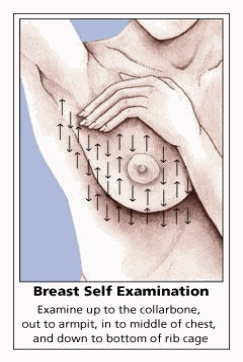 E! News anchor Giuliana Rancic knows firsthand the importance of getting mammograms before turning 40.
E! News anchor Giuliana Rancic knows firsthand the importance of getting mammograms before turning 40.
At just 37 years of age, the TV personality was diagnosed with the early stages of breast cancer. She initially went through a double lumpectomy, before making the final decision to undergo a double mastectomy. All before the age of 40.
In an exclusive interview with Glamour magazine, Giuliana reveals her thoughts on the initial diagnosis: “I knew nothing about breast cancer before this happened to me, and I thought mastectomy meant stage three or four cancer. I didn’t have a big family history of it. I just never thought it would happen to me. I really didn’t.”
Breast cancer is a serious matter. It’s never too early to begin checking for lumps. According to the Susan G. Komen Foundation, 5% of all breast cancers occur in women under 40. This may not seem like a high number, but when there are over 226,000 women being diagnosed with breast cancer each year, 5% equates to roughly 11,000. That’s 11,000 women under 40 being diagnosed with breast cancer in the U.S. alone.
So what can you do to prevent a missed diagnosis as a young woman? Start checking early, and regularly. If you have a family history of breast cancer, consider starting your annual mammograms before you turn 40. Detecting breast cancer early is the best way to lower your risk and fully eradicate the disease.
It’s also never too early to perform self-exams. You should be familiar with the way your breasts normally look and feel. This will allow you to catch warning signs of breast cancer early.
When performing a self-exam, be on the lookout for the following:
- Lump, hard knot, or thickening inside the breast or underarm area
- Swelling, warmth, redness, or darkening of the breast
- Change in the size or shape of the breast
- Dimpling or puckering of the skin
- Itchy, scaly sore or rash on the nipple
- Pulling in of the nipple or other parts of the breast
- Nipple discharge that starts suddenly
- New pain in one spot that doesn’t go away
*All information above is provided by the Susan G. Komen Foundation
Educate your friends and daughters on the importance of detecting breast cancer early, and make sure they’re aware of the risks. Remember—breast cancer knows no age.
Follow Giuliana on Twitter today to stay up- to-date with on journey through breast cancer, motherhood and life!






